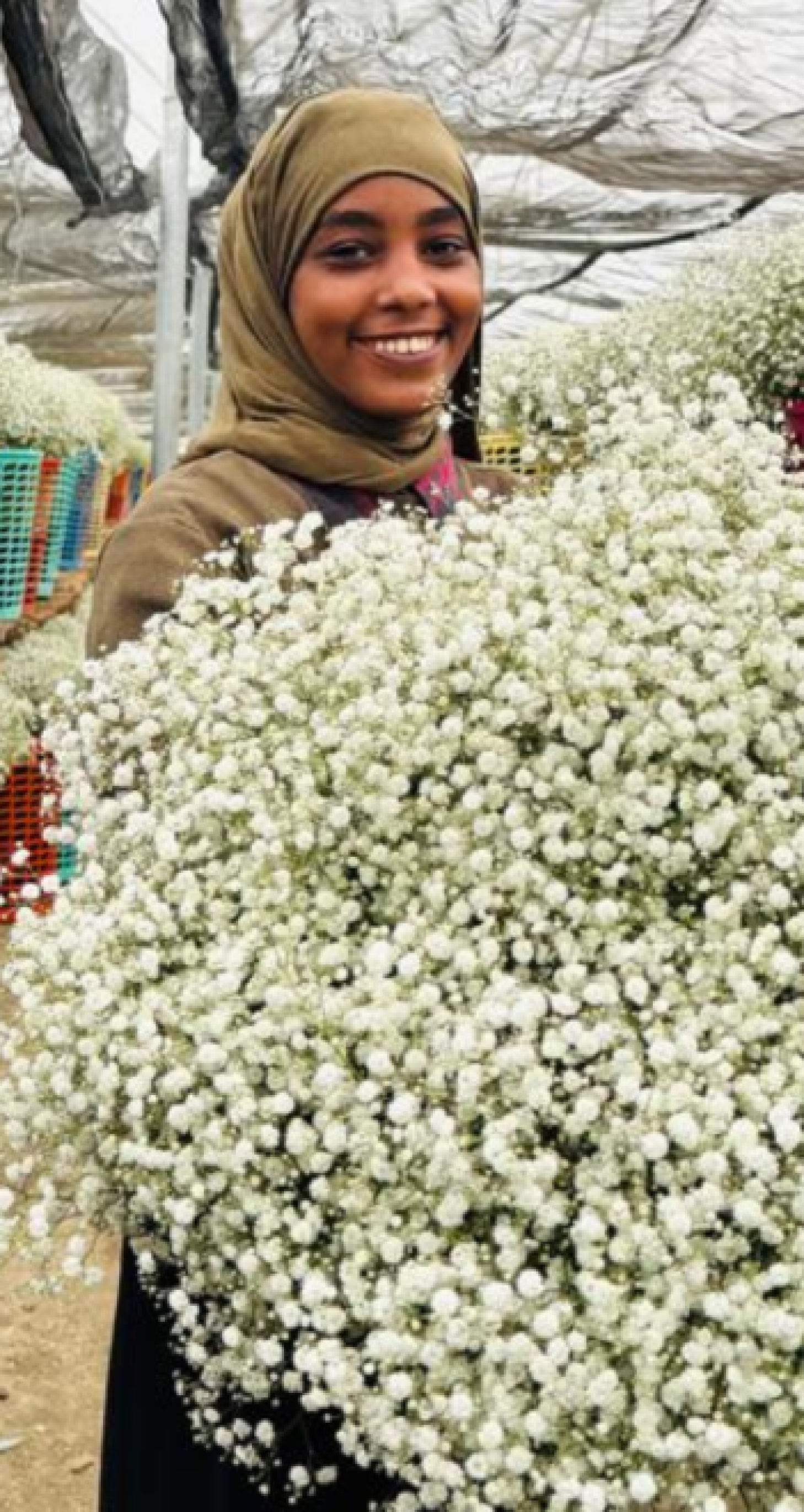What you need to know as a florist about the Goniolimon tataricum
- Colourful splendour
The Goniolomon tataricum is available in lilac-purple with small white flowers as well.
- Stylish applications
The leaf of Goniolimon tataricum is shaped like a sheep's ear. Hence the name 'lambs ear'.
- Symbolic meaning
Goniolimon tataricum symbolises gratitude and appreciation.






































